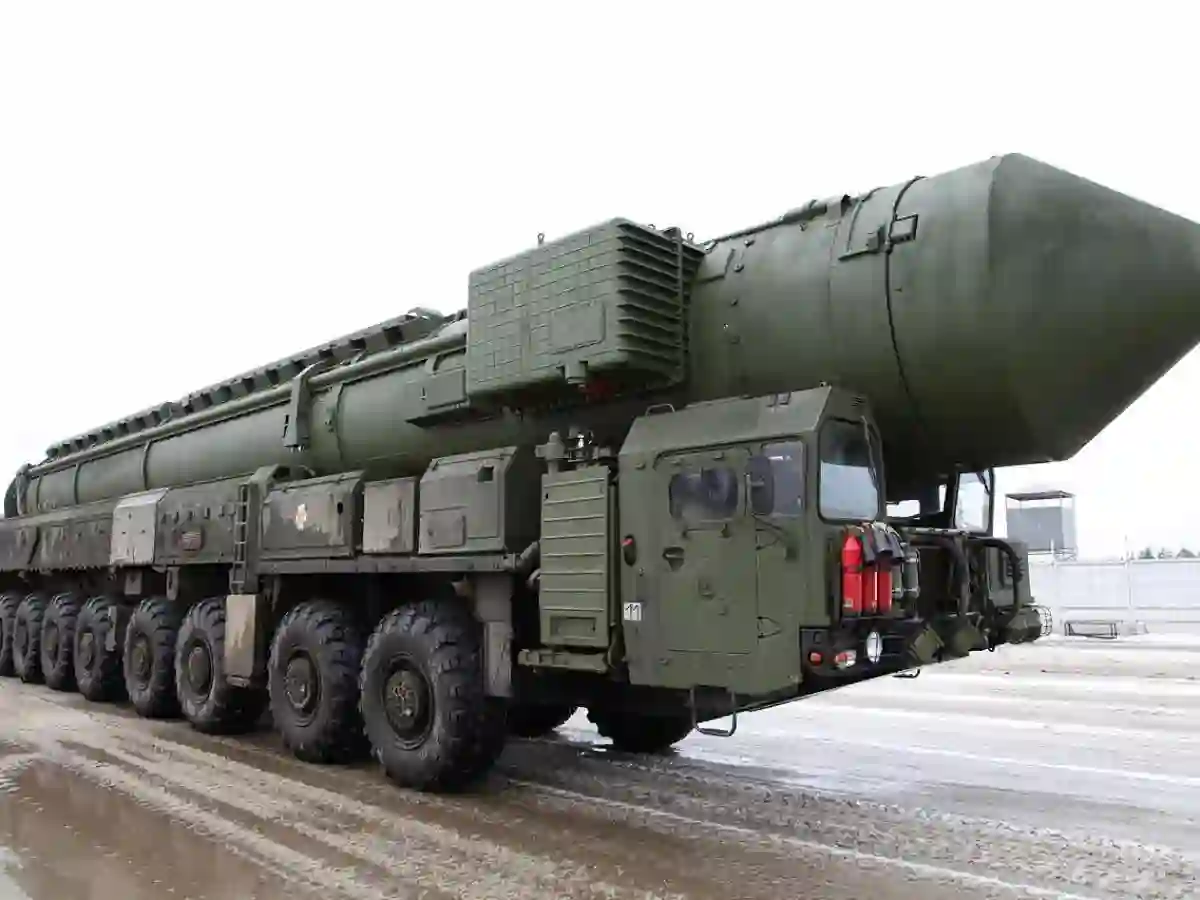In a move that could reshape the global military balance, Russia has announced it’s no longer playing by old rules when it comes to intermediate-range missiles.
Citing growing threats from the West, Moscow has officially abandoned a self-imposed freeze on deploying such weapons—a decision that could reignite a dangerous arms race.
Russia Says “Enough” to Missile Restraints
The Russian Foreign Ministry made it clear: the days of self-restraint are over.
According to its latest statement, Moscow no longer considers itself bound by the unilateral moratorium it had previously observed on deploying intermediate- and shorter-range missiles.
In plain terms, the Kremlin says the security environment has changed—and not in Russia’s favor.
“The conditions for maintaining a unilateral moratorium have disappeared,” the ministry stated, pointing fingers at the West for ramping up its own missile capabilities in areas near Russian borders.
Moscow Blames the West for Escalating Tensions
At the heart of Russia’s decision is what it describes as an increasingly threatening military buildup by the U.S. and its allies.
The ministry claims Western nations have been introducing “destabilizing” missile systems into regions surrounding Russia, creating what it sees as a direct challenge to its national security.
The statement didn’t mince words about the potential fallout, warning that these developments could push the world closer to a “dangerous escalation” between nuclear-armed powers.
It’s a not-so-subtle message aimed at Washington and NATO: back off, or expect a response.
Russia Gears Up for Countermoves
In response, Moscow is preparing to take what it calls “compensatory military-technical measures.”
These steps are designed to preserve the strategic balance Russia believes is under threat.
But Russia isn’t revealing exactly what it plans to do just yet.
The Foreign Ministry says the nature of these countermeasures will depend on how many and what types of Western missile systems are deployed—and where.
Strategic planners across Russia’s military and government agencies are now assessing the situation to guide future actions.
A Look Back at the INF Treaty
To understand the weight of this decision, it helps to revisit the Cold War-era INF Treaty.
Signed in 1987 by the U.S. and the Soviet Union, the agreement banned ground-launched ballistic and cruise missiles with ranges between 500 and 5,500 kilometers.
It was a major milestone in arms control, leading to the destruction of nearly 2,700 missiles by 1991.
However, the treaty began to unravel in recent years.
In 2018, the U.S. accused Russia of violating it by developing the 9M729 cruise missile.
Moscow denied the accusation and fired back with its own complaints, saying U.S. missile launchers in Romania were also in breach of the agreement.
The U.S. formally withdrew in 2019, and Russia suspended its participation soon after.
The Arms Race May Be Back On
Since then, signs of a renewed arms race have been mounting.
In 2023, the U.S. announced it would station long-range weapons in Germany by 2026.
That announcement didn’t go unnoticed in Moscow—President Putin responded by confirming Russia had already started developing new intermediate and short-range missile systems.
And it’s not just about Europe anymore.
Russia has hinted that if necessary, it could deploy these weapons in the Asia-Pacific region as well.
That’s a clear signal that this shift isn’t limited to Moscow’s backyard—it could have global consequences.
What This Means Going Forward
With this new declaration, Russia is signaling a clear shift in military posture and global strategy.
The old era of restraint—at least on Russia’s side—is over.
And unless the West changes course, Moscow seems prepared to escalate its missile capabilities both at home and abroad.
The big question now is how the United States and NATO will respond—and whether the world is heading into a new phase of nuclear brinkmanship.
